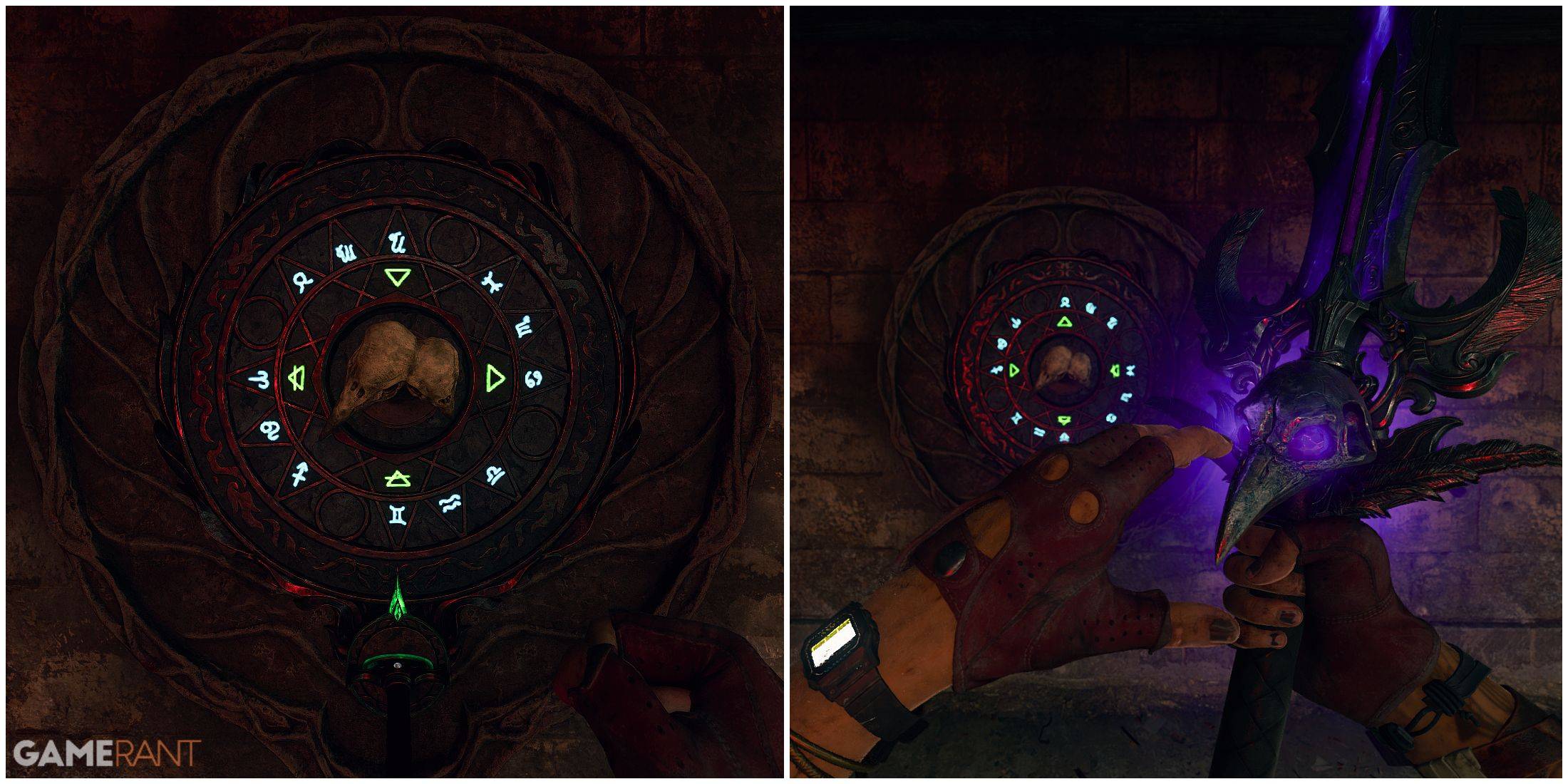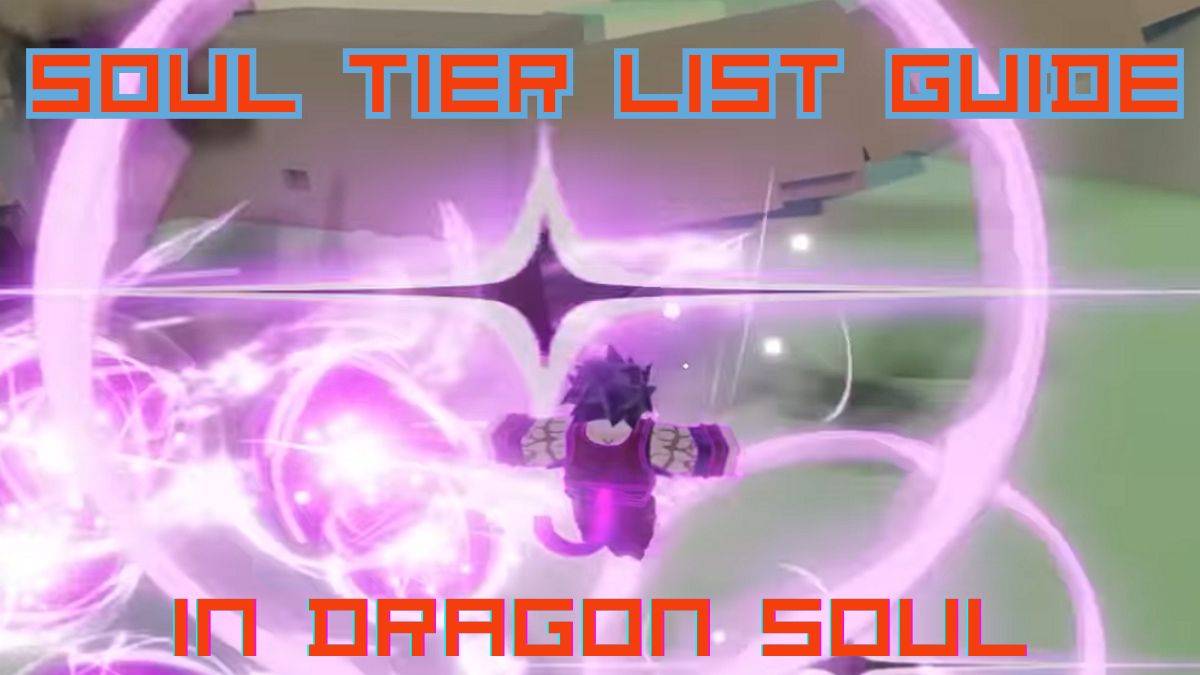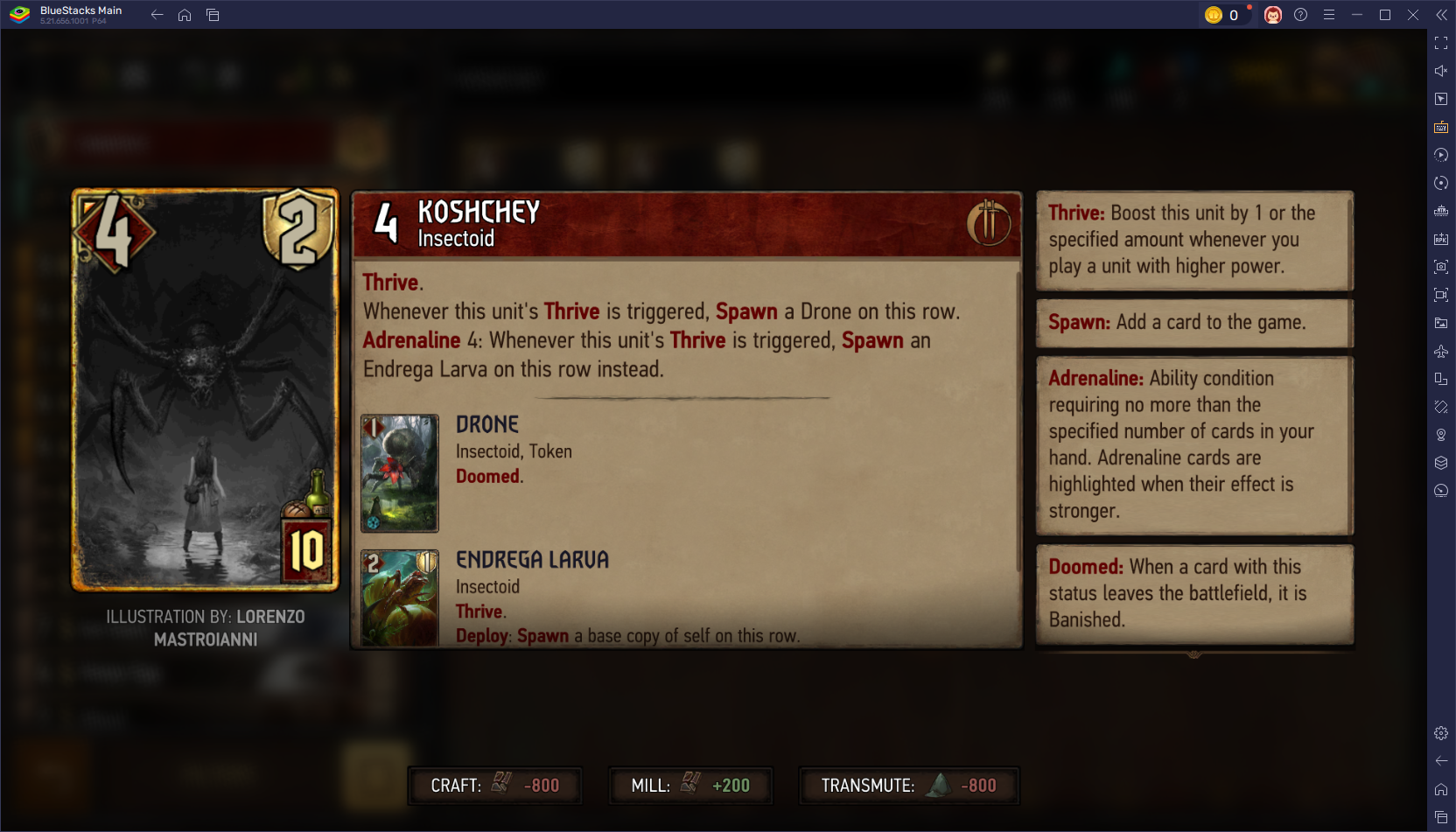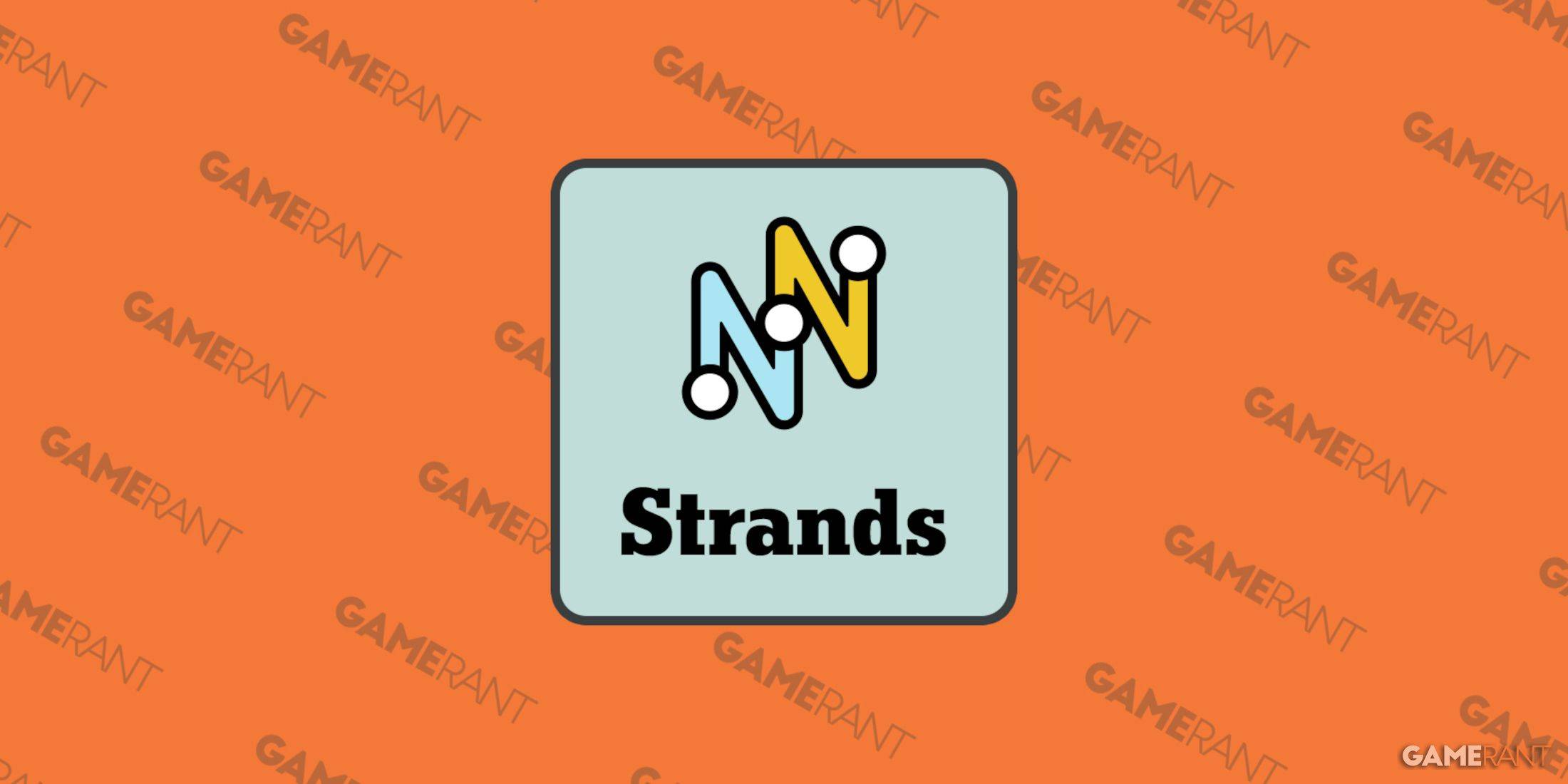Switch 2 Priced Lower Than Expected at Launch
- By Grace
- May 13,2025
The announcement of the Nintendo Switch 2's $450 USD price tag certainly raised eyebrows, marking a significant increase over what we've seen from Nintendo's previous offerings. This higher cost can be attributed to rising production expenses and economic factors like tariffs, which led analysts to forecast a minimum price of around $400 USD. However, the real surprise came with the pricing of Switch 2 games, setting a new standard at $70 USD, and even reaching $80 USD for premium titles such as Mario Kart World. When you factor in the additional costs of various accessories for the complete Switch 2 experience, the total investment becomes substantial.
To put the Switch 2's price into perspective, let's look at how it compares to previous Nintendo consoles when adjusted for inflation:
NES
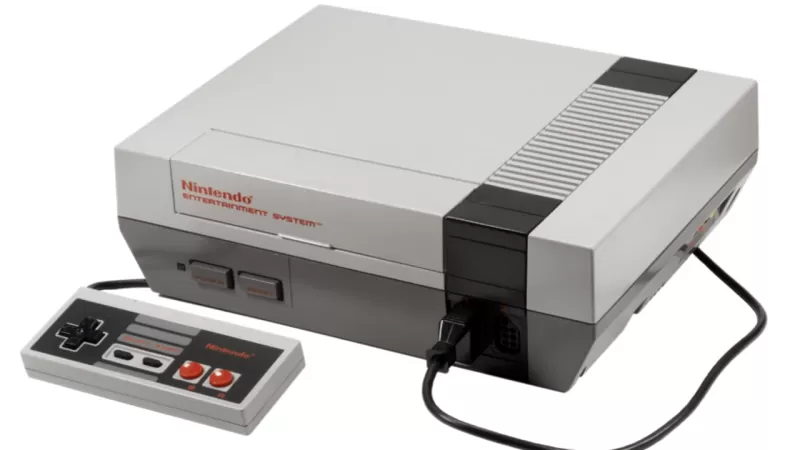
The NES, launched in 1985 for $179 USD, would cost a staggering $523 USD in 2025 terms after inflation adjustment. This makes it the most expensive console Nintendo has ever released when adjusted for inflation.
SNES
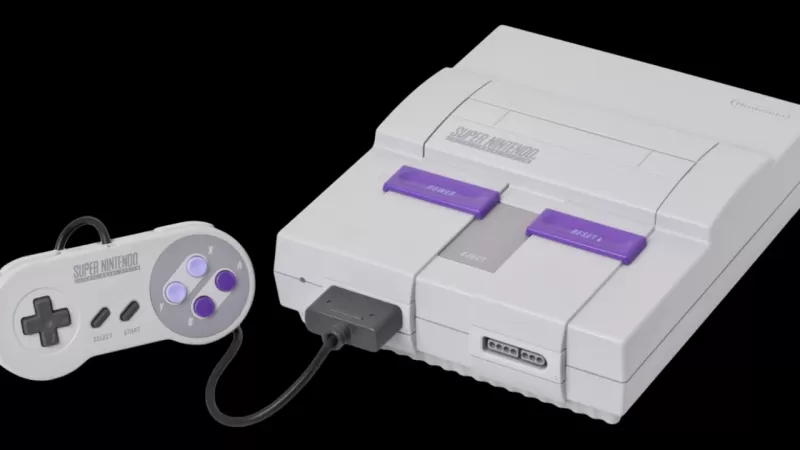
Following the NES, the SNES was introduced in 1991 for $199 USD. Adjusted for inflation, this would equate to $460 USD in 2025, showing a slight decrease from the NES but still higher than the Switch 2.
Nintendo 64
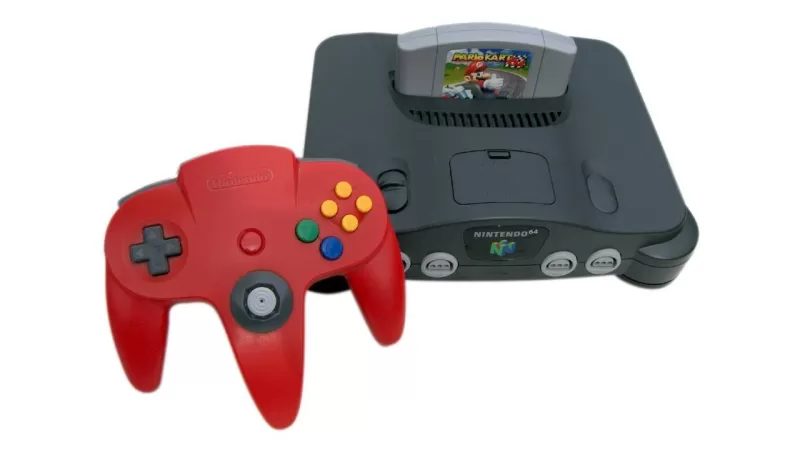
The Nintendo 64, marking Nintendo's leap into 3D gaming in 1996, also launched at $199 USD. In today's dollars, that's $400 USD, aligning closely with analyst predictions for the Switch 2.
Nintendo GameCube
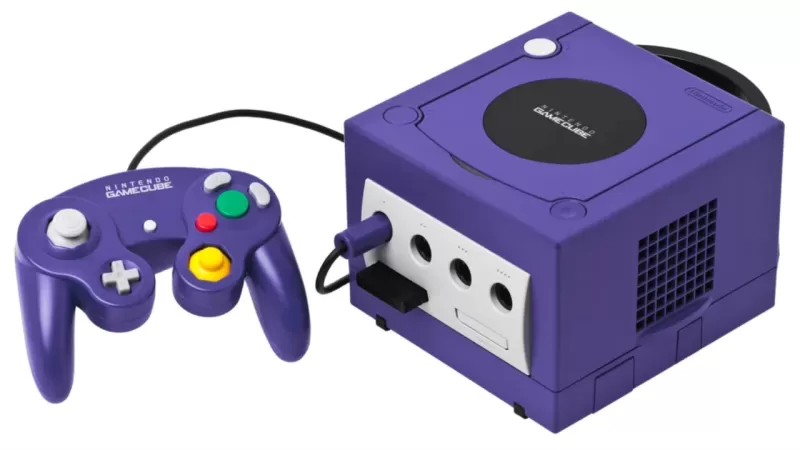
Released in 2001 for $199 USD, the GameCube's games will be available on the Switch 2 through the Nintendo Switch Online’s classic library. Adjusted for inflation, its price would be $359 USD in 2025.
Wii
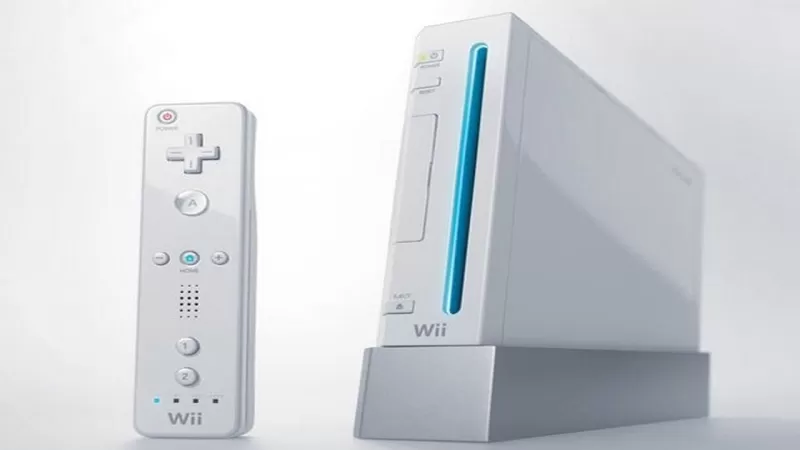
The Wii, which revolutionized gaming with motion controls in 2006, was priced at $249 USD. In today's terms, that's about $394 USD, very close to the Switch 2's price.
Wii U
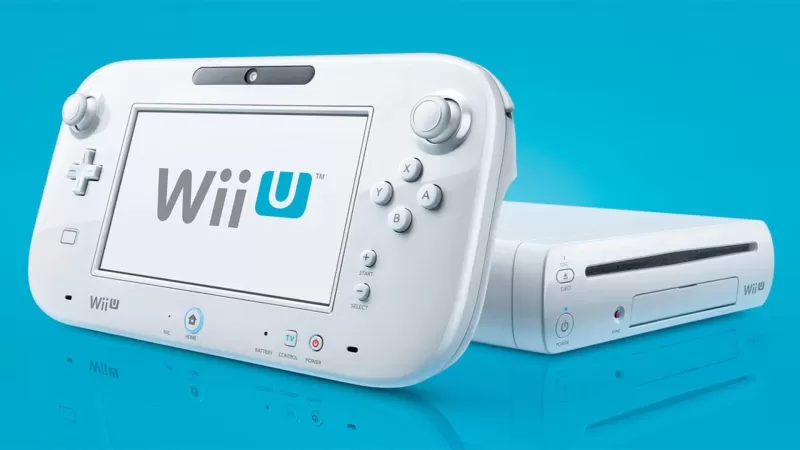
The Wii U, launched in 2012 for $299 USD, would be $415 USD in 2025 after inflation adjustments, making it the closest to the Switch 2 in terms of adjusted historical pricing.
Nintendo Switch
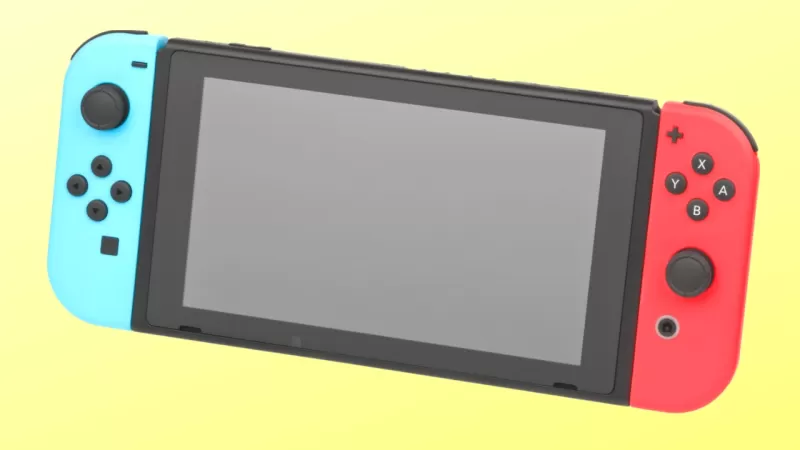
The highly successful Nintendo Switch, launched in 2017 for $299 USD, would be $387 USD in today's dollars, still cheaper than the Switch 2 when it launches on June 5.
Despite these comparisons, the Switch 2's price doesn't become any easier to accept, especially when considering its higher cost relative to its predecessors. Additionally, the pricing of Switch 2 games, such as Mario Kart World at $80 USD and Donkey Kong Bananza at $70 USD (or $65 digitally), further adds to the overall expense.
It's challenging to compare these game prices directly with those of the earliest NES cartridges due to the wide variance in pricing back then. In the early 90s, NES games ranged from $34 USD to $45 USD, which translates to $98 USD to $130 USD in 2025 terms. Even the lower end of this range exceeds the cost of Mario Kart World today, hinting at a possible future increase in game prices.
The Switch 2's pricing strategy seems to be influenced by real-world factors, as evidenced by the announcement of a cheaper, region-locked version for Japan at 49,980 JPY or $340 USD, tailored to Nintendo's key domestic market.
When comparing the Switch 2 to other consoles, let's look at some historical comparisons:
PlayStation 2
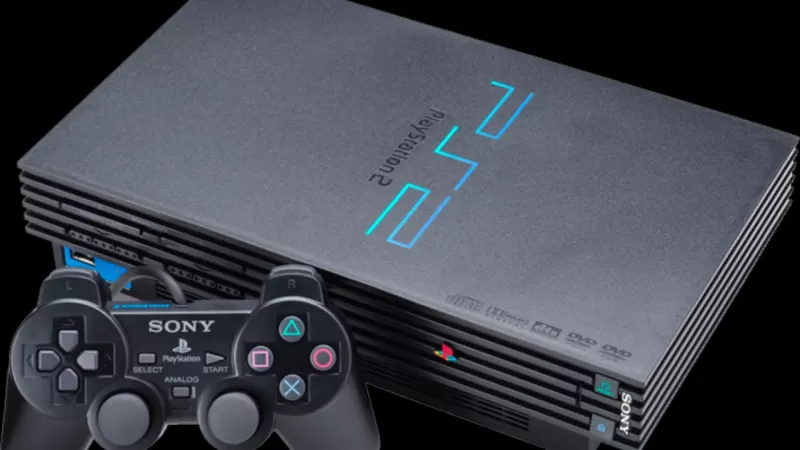
The PlayStation 2, launched in 2000 for $299 USD, would cost a hefty $565 USD in 2025, making it significantly more expensive than the Switch 2.
Xbox 360
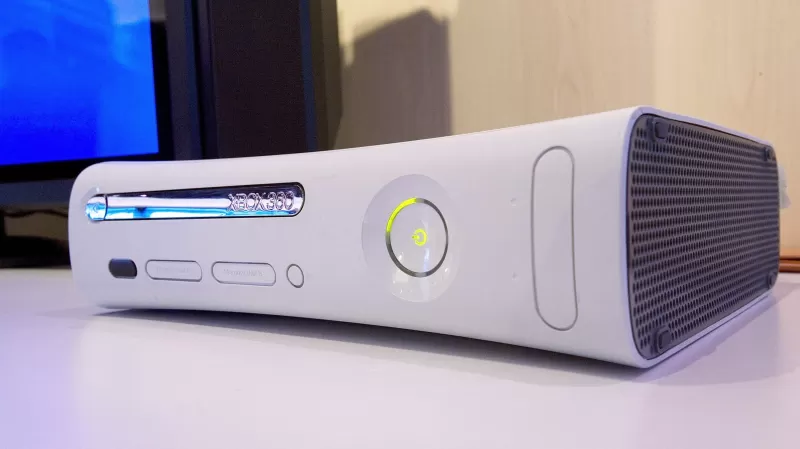
The Xbox 360, Microsoft's most successful console, was released in 2005 for $299 USD, translating to about $500 USD in today's dollars.
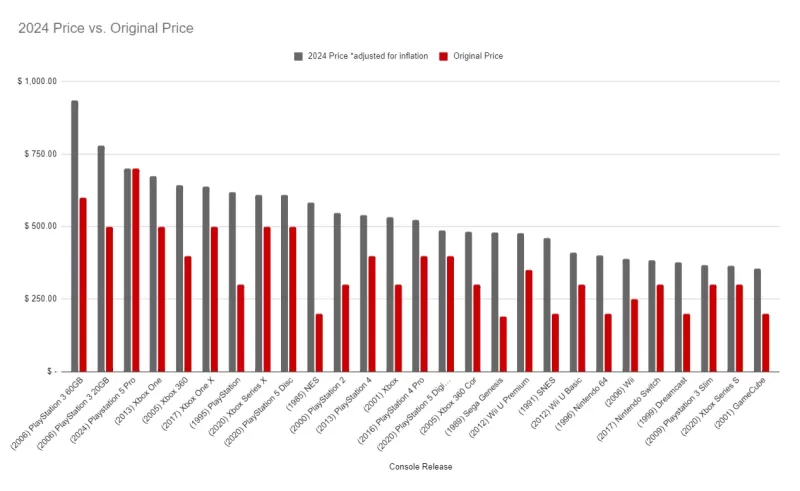
These comparisons highlight how console pricing has evolved over time, with the Switch 2 falling within a reasonable range when compared to its contemporaries and predecessors. For more insights, check out IGN's hands-on experience with the Switch 2 and detailed analysis on the pricing dynamics in the gaming industry.
Latest News
more >-
-
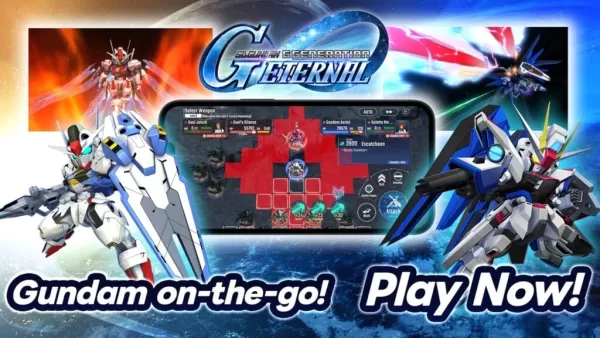
-
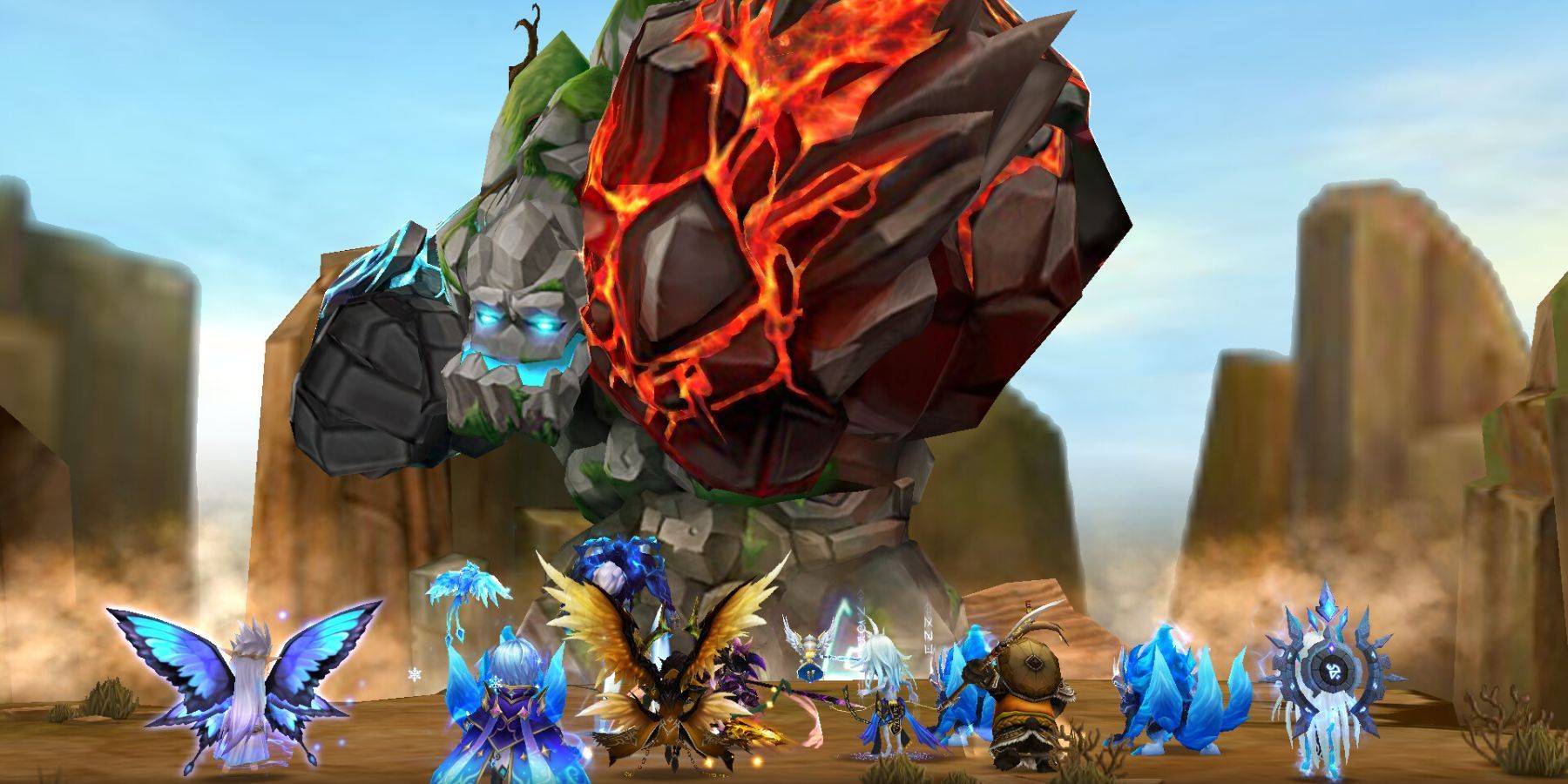
- Jan 2025: New Summoners War Codes Released
- Dec 20,2025
-
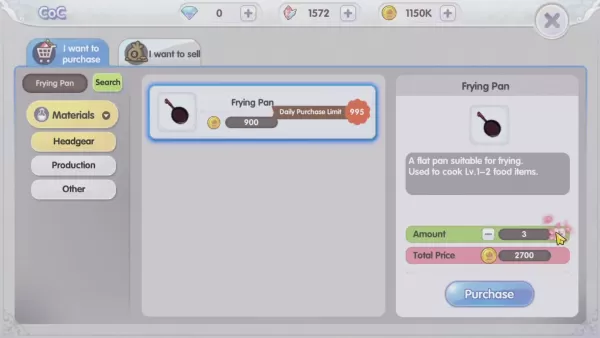
-
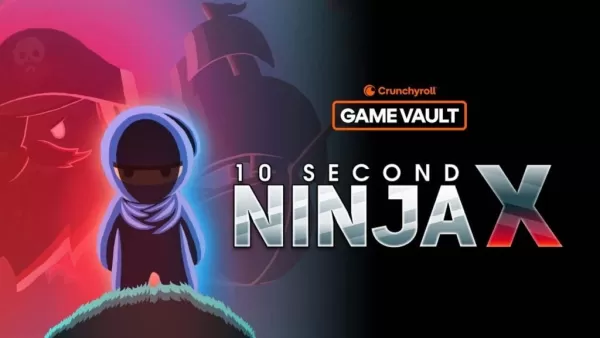
- Crunchyroll Adds 10 Second Ninja X to Android
- Dec 19,2025
